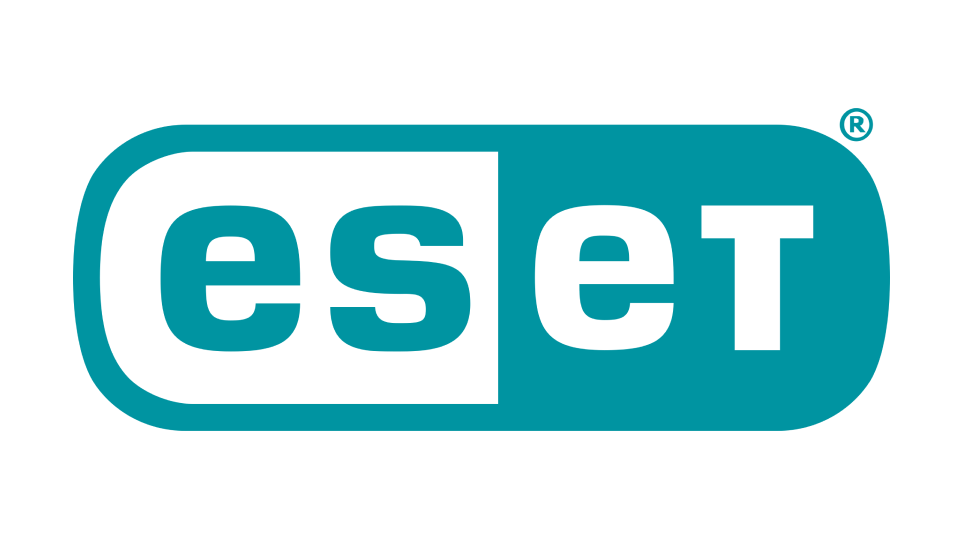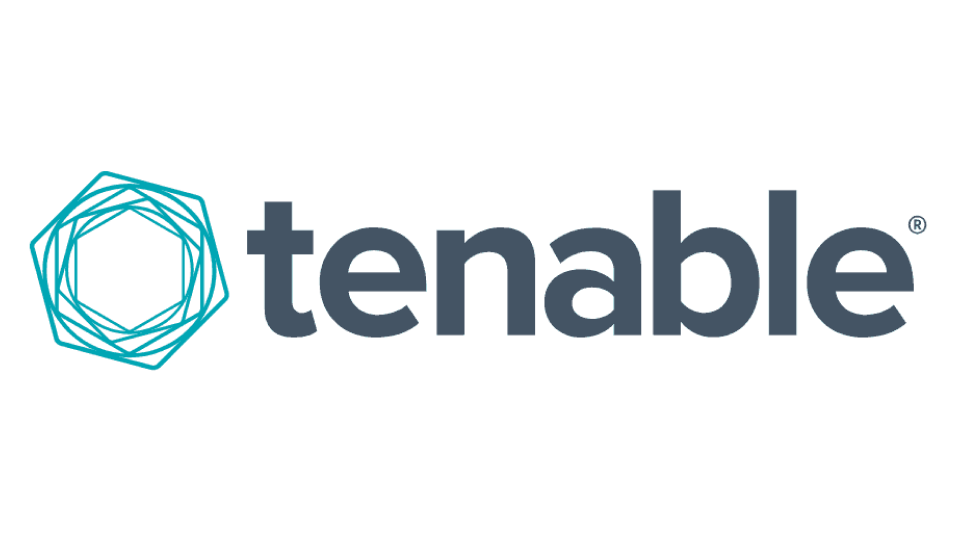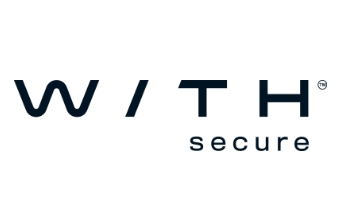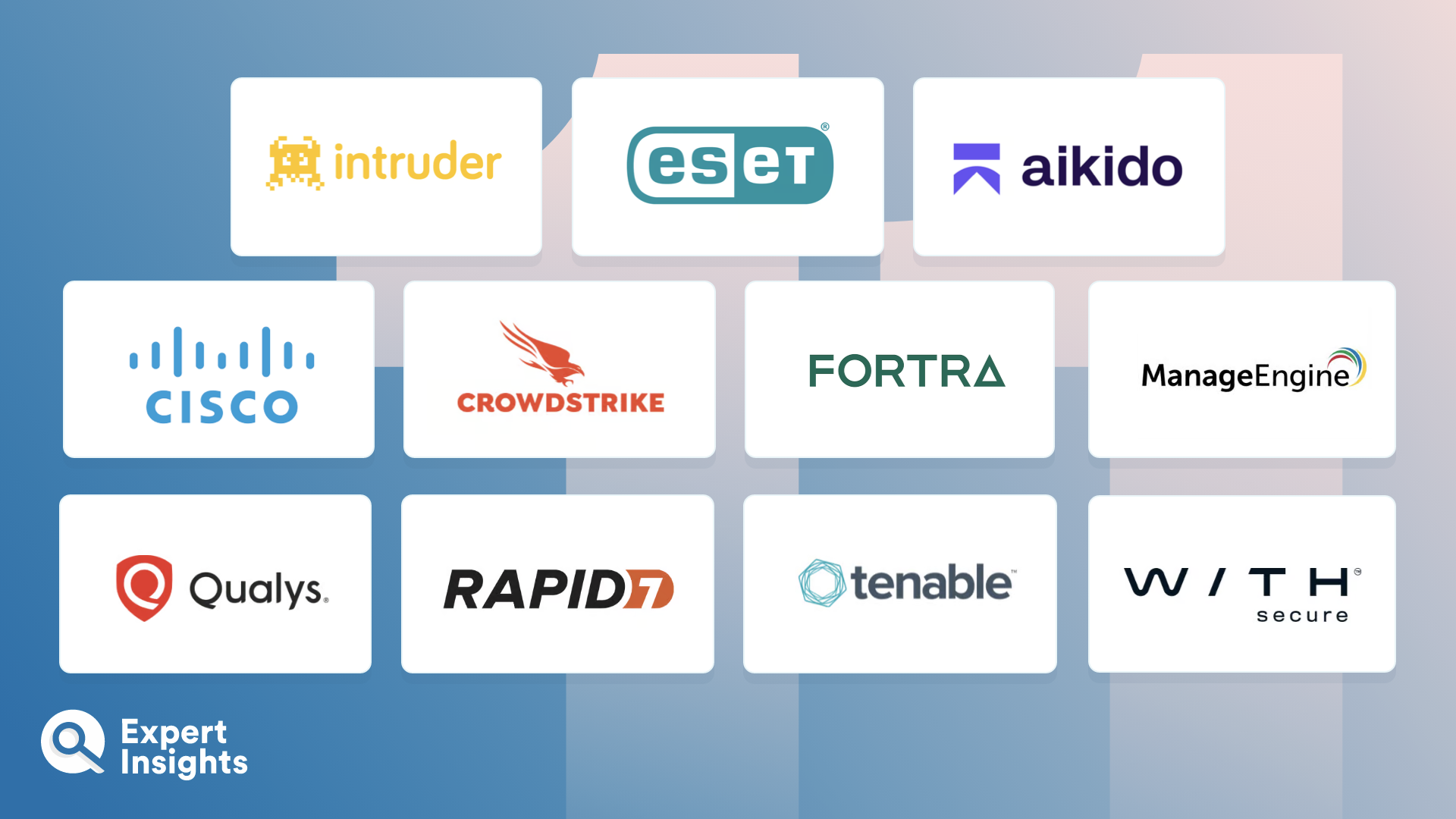Vulnerability management solutions make IT teams aware of weaknesses or flaws within their IT infrastructure and help mitigate them before they can be exploited by a cybercriminal. To achieve this, they scan the network to identify vulnerabilities (e.g., out-of-date software or misconfigurations), then analyze those vulnerabilities using AI, ML, and threat intelligence to work out the potential impact if they were to be exploited. This allows the tool to prioritize vulnerabilities, enabling your team to address the biggest concerns more quickly.
Some vulnerability management tools go beyond identifying and prioritizing vulnerabilities by automatically remediating issues that are relatively easy to fix, such as deploying patches for outdated software. For more complex vulnerabilities, these platforms alert your team and guide you through recommended remediation options.
In this shortlist, we’ll highlight the best risk based vulnerability management tools designed to help you resolve vulnerabilities within your organization’s network. We’ll cover the standout features of each solution and who they’re best suited for.


















